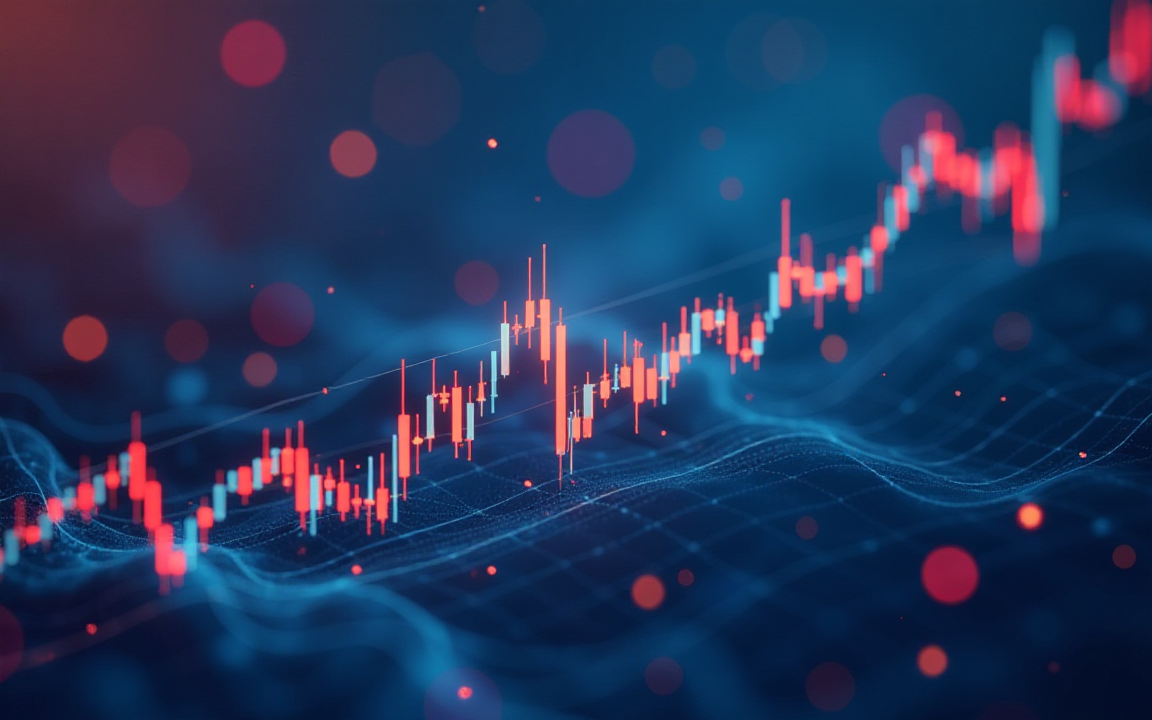South Korea’s KOSPI Composite Index has bounced back in the past few weeks after plunging to a multi-month low of KRW 2,287 earlier this month. It jumped to a high of KRW 2,517, up by 10.57% from its lowest level in April. This article explores the three main reasons why the blue-chip index has rebounded, and why the gains may be limited.
Why the KOSPI Composite is rising
The KOSPI index has bounced back due to rising hopes that US and South Korean negotiators will reach a deal that would reduce tariffs.
Teams from the two countries have started talking, and South Korea is expected to make some concessions to lower the trade deficit.
Donald Trump announced a large 25% tariff on all goods from the country when he announced his Liberation Day tariffs earlier this month. He then scaled back those tariffs to 10% to give room for talks.
Trump imposed those tariffs due to the country’s rising trade deficit. The US sold goods worth $65 billion to South Korea and imported $131 billion. Its South Korean imports include computer chips, cars, smartphones, and other high-tech equipment.
Therefore, analysts expect that the two sides will reach a deal that will lead to more South Korean purchases of US energy, planes, and other items.
South Korea GDP weakness and potential for rate cuts
The KOSPI index has jumped due to the ongoing economic weakness in South Korea. Data released on Thursday showed that the economy contracted in the first quarter as the political crisis hit consumer confidence.
The economy contracted by 0.2% on a QoQ basis and by 0.1% from the same period last year. This decline was primarily due to weak consumer spending and investment after the ousting of President Yoon Suk Yeul.
In a report released this week, the IMF warned that the South Korean economy is expected to grow by approximately 1% this year, down from the previous 2%.
A slowdown in South Korea’s economy means that the central bank will continue cutting interest rates. It started slashing rates in October last year, and has delivered more cuts after that, bringing the official cash rate to 2.75%, the lowest level since 2022.
Therefore, analysts believe that the central bank may deliver more cuts this year, a move that will lead to a rotation from bonds to stocks. Indeed, South Korean government bond yields have dropped, with the ten-year falling to 2.6% and the 30-year moving to 2.5%. These numbers have fallen from over 3% last year.
The KOSPI Composite Index has also risen after some positive South Korean earnings as customers stockpiled some of the products. SK Kynix’s operating profit more than doubled as sales jumped sharply in Q1. Its sales topped those of Samsung in the Dram sector. It grew its market share in the Dram market to 36%.
The top-performing KOSPI Index stocks in the last 30 days were companies like Jayjun Cosmetic, The Wllbes, Kumho Electric, Enex, and Jeju Bank. All these stocks have soared by over 70% in the last 30 days.
On the other hand, the top laggards included companies such as SG Global, Joosung, Kolon Mobility, and Chinyang Chemical.
KOSPI Index technical analysis
The weekly chart shows that the KOSPI Composite Index has bounced back in the past few weeks. It jumped from a low of KRW 2,287 earlier this month to KRW 2,500. It crossed the important resistance level at 2,390, its lowest swing in August and September last year.
The index remains below the 50-week and 100-week moving averages, a sign that bears remain in control. Additionally, it has already formed a head-and-shoulders chart pattern.
Therefore, the index may resume the downtrend in the coming weeks. More gains will be confirmed if the index rises above the 100-day moving average point at KRW 2,570.
The post KOSPI Index rebounds, but a H&S pattern points to a pullback appeared first on Invezz

